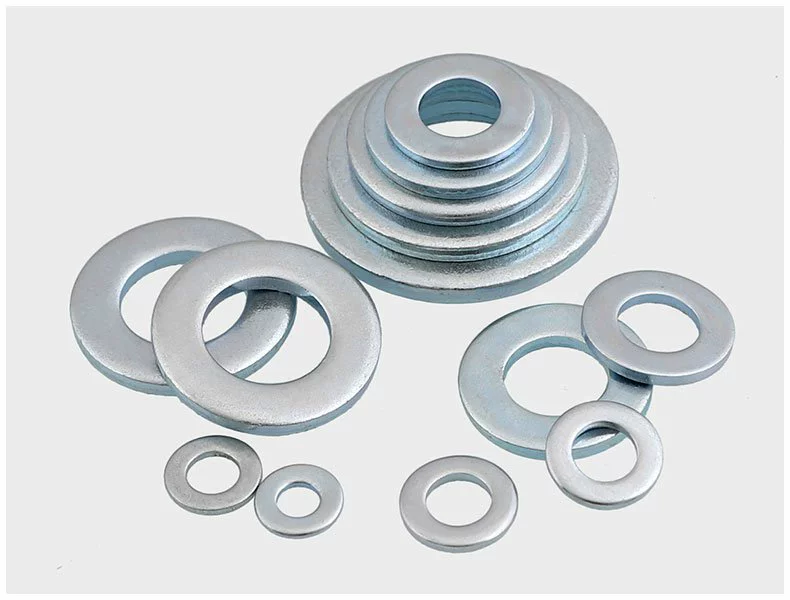Choosing the Right Size for Custom Self-Tapping Screw Heads for Your Projects
Custom Self Tapping Screw Head Size Understanding the Importance and Options
In the world of fastening and assembly, screws play a pivotal role. Among the various types of screws, self-tapping screws are particularly valued for their ability to create their own mating threads when driven into materials. This feature makes them ideal for applications where traditional screws may falter. However, one often overlooked aspect of self-tapping screws is their head size, which can significantly impact both performance and aesthetics in production.
Understanding Self-Tapping Screws
Self-tapping screws are engineered with a sharp, pointed tip that enables them to drill into a substrate without the need for pre-drilling holes. This characteristic not only saves time during assembly but also enhances the overall structural integrity of the joint. Depending on the application, self-tapping screws can be made from various materials such as stainless steel, carbon steel, or even plastic, accommodating diverse environments and requirements.
The Role of Head Size
The head size of a self-tapping screw is more than just a design consideration; it directly influences the screw's performance, load-bearing capacity, and aesthetic appeal. The head of the screw provides a surface for the driver to engage, and its size affects the amount of torque that can be applied during installation. A larger head size can distribute the load over a larger area, which may be crucial in softer materials to prevent stripping or damage.
custom self tapping screw head size

Additionally, the head size plays a role in determining the screw's resistance to pull-out forces. In applications where vibration is prevalent, such as in automotive or industrial settings, selecting the appropriate head size can mitigate the risk of loosening over time.
Customization Options
One of the significant advantages of self-tapping screws is the possibility of customization, particularly concerning head size. Manufacturers can tailor screws to meet specific requirements, ensuring the perfect fit for a project. Custom head sizes can also align with design aesthetics, allowing for a more unified look in a finished product.
For instance, if a project requires a flush finish, a smaller, countersunk head may be ideal. Conversely, if maximum grip and stability are needed, a larger, raised head might be more effective. Options also include different drive types, such as Phillips, hex, or slot, providing further customization based on user preferences and tool availability.
Conclusion
In summary, while self-tapping screws are celebrated for their efficiency and reliability, the head size is a critical factor that should not be overlooked. Understanding the implications of different head sizes—ranging from performance aspects to aesthetic considerations—can dramatically influence the success of a project. With the option for customization, engineers and builders can ensure they select the right screw for their specific needs, ultimately leading to better results in both functionality and appearance. By taking the time to consider these factors, one can maximize the benefits of using self-tapping screws in various applications.
-
Top Choices for Plasterboard FixingNewsDec.26,2024
-
The Versatility of Specialty WashersNewsDec.26,2024
-
Secure Your ProjectsNewsDec.26,2024
-
Essential Screws for Chipboard Flooring ProjectsNewsDec.26,2024
-
Choosing the Right Drywall ScrewsNewsDec.26,2024
-
Black Phosphate Screws for Superior PerformanceNewsDec.26,2024
-
The Versatile Choice of Nylon Flat Washers for Your NeedsNewsDec.18,2024










